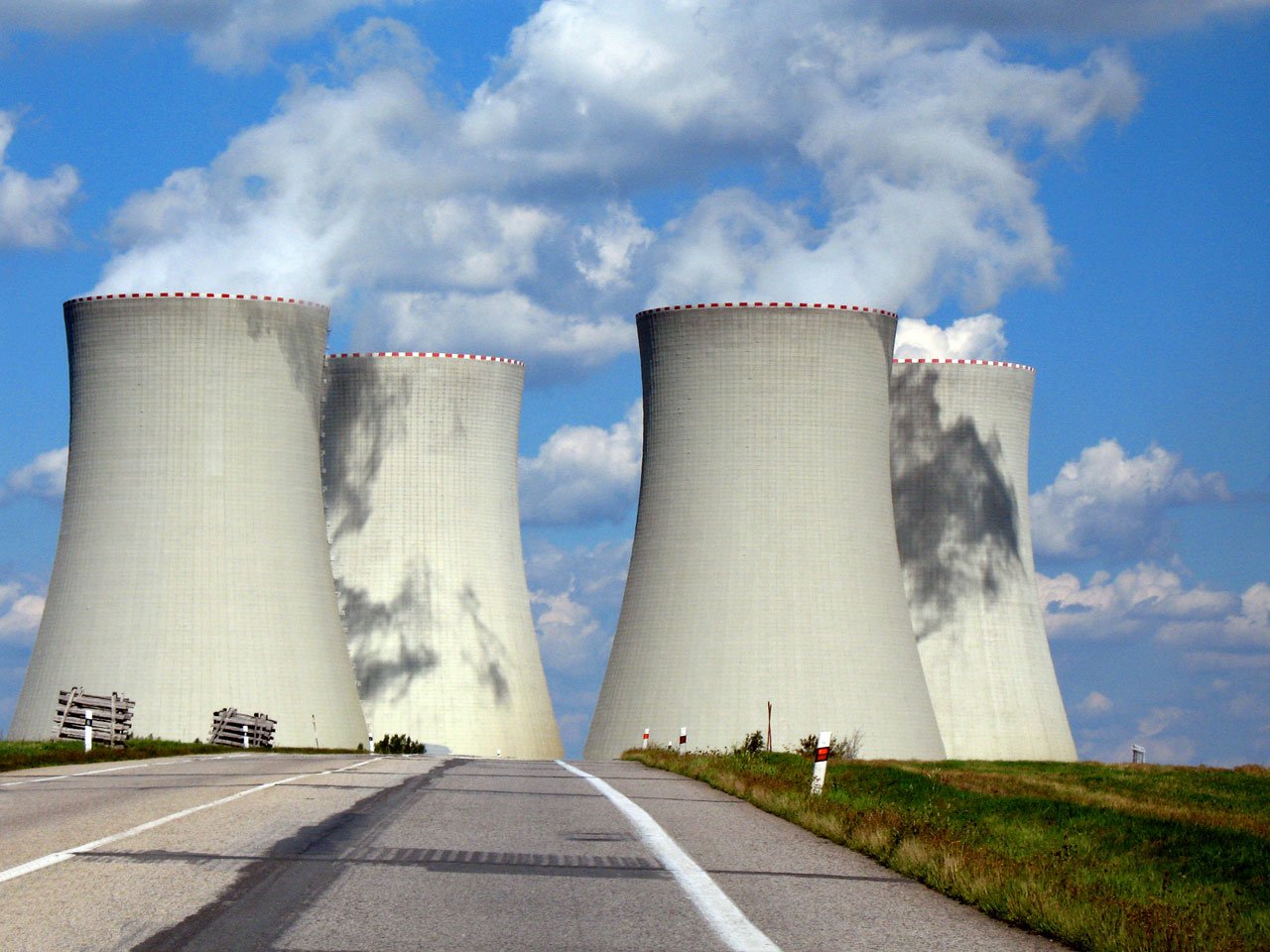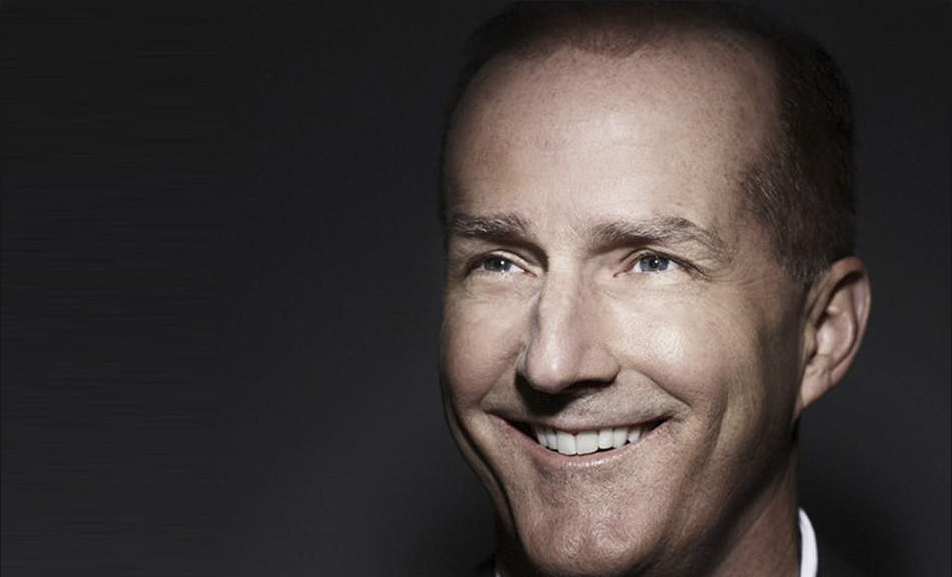With Steven Chu and Ernest Moniz as Secretaries, the Department of Energy (DOE) under Obama has done much good work to support advanced energy: the creation of the Advanced Research Projects Agency-Energy (ARPA-E), major investment in smart grid under the stimulus package, the SunShot initiative, new appliance and fuel efficiency standards, a loan guarantee program that has supported solar, wind, biofuels, nuclear, battery storage, and advanced vehicles, and more. Though the Obama Administration exhibited a favoritism towards renewable technologies, it still embraced an “all-of-the-above” energy strategy. In fact, EIA data shows that natural gas production is up over 25% and at all-time high since Obama took office. And the Administration managed this diversified energy approach while still pursuing such goals as leading the world on climate change, mitigating harmful environmental pollutions from fossil fuels, and building on America’s growing energy independence.
It is unclear exactly what goals President-elect Donald Trump’s DOE will be designed to pursue, and so it becomes difficult to say who exactly he will choose to lead it–the only certainty is that the DOE will continue to perform its main function of managing the nation’s nuclear program. We do, however, have some clues as to who he’ll pick. Befitting of both his anti-establishment views towards the political class and his comfort with the business world, Trump is likely to select a significant share of his cabinet from the corporate executive class–a fact apparent in the New York Time’s Trump cabinet shortlist. And, he won the election on his platform of lifting up those blue collar Americans in the middle of the country that have been suffering economically and feel forgotten, which indicates a rhetorical shift in policy back towards fossil fuels at the expense of environmental and climate change-related goals.
At the same time, Donald Trump the businessman would be hard pressed to roll back measures supporting the massive investment and job growth occurring in the clean energy industry – clearly an industry of the future with unbelievably high opportunity. And not only would he be unwise, he may not be able to at all. Though Trump’s Republican Party holds Congress, renewables appeal strongly to the constituents of those States that are seeing massive investment in them–Texas and Iowa for example. And solar policy is a rare issue that transcends political lines. 84% of Trump supporters want more solar energy to be deployed, which is in line with 91% of Clinton supporters. For what it’s worth, early indications say that energy will not be the primary focus of the Trump administration.
So, given the above, and with President-elect Trump’s erratic nature always in play, it is difficult to say who he will pick to lead the DOE. But one question we can answer is: given the above, who should he pick to lead the DOE? On his shortlist are familiar names: Harold G. Hamm, Robert E. Grady, Donald Hoffman, and Mike McKenna. It would be expected that, with some exceptions, these choices would take the same approach to leadership at the DOE as they did to their business careers: dig up America’s fossil fuel resources and burn them. But to do so would be a major step backwards for America.
The hope, rather, is that Trump will appoint someone with a more holistic view of the sector. Given that DOE is likely to have lower funding over the next few years, Trump could play a political card to appoint an open-minded Secretary of Energy that continues the private sector economic growth in all energy segments. SolarWakeup has some ideas on who that pick should be, outlined below:
Elon Musk, Chief Executive Officer of Tesla Motors and SpaceX, Chairman of SolarCity
Clearly the number one choice, a non-partisan innovator like Musk makes perfect sense. While Musk is the most non-traditional option on here due to his unabashed, aggressive push towards a clean energy future, there is no doubt he’d make a fantastic Energy Secretary. Musk is a not only a scientist through and through, but he should have by now earned the respect of Trump for his business acumen and wealth. Musk has an electric personality, and although his vision for the future could be construed as misaligned with Trump’s, he knows energy very well. Musk is currently building the largest building in the world in the gigafactory plus US based manufacturing for SolarCity in Buffalo. Plus, he commented that we should nuke Mars, and Mr. Trump respects that kind of wild ambition.
David Crane, former Chief Executive Officer of NRG Energy
David Crane has been nothing short of an energy visionary throughout his career. During his successful tenure at NRG, the largest independent power generator in the Country, he guided the company out of bankruptcy, launched a retail business, and completed several major acquisitions. Though the clean energy arm he introduced performed well, the coal-fired division struggled in the face of economic and regulatory forces, and his bid to prove that a traditional fossil fuel company could also be a clean energy company was cut short. He should be given that same chance to prove that America can be both a fossil fuel titan while embracing clean energy. His vision of a distributed future matches with one of the most holy, time-honored conservative principles: free market competition.
Ernest Moniz, current Secretary of the Department of Energy
Sometimes the best choice is to stick with the status quo, especially when you can make the transition a bit easier given the expectation of massive overhauls in every other Federal department. Donald Trump is pro-nuclear, and Moniz is a Nobel Prize-winning nuclear physicist. And though Moniz has been the Energy Secretary in a Democratic Cabinet, Moniz is decidedly not a political creature. He’s energy agnostic and holds the interest of scientific and technological advancement highest above all—whether that be with clean coal technologies, wind or solar.
James Connaughton, former Chair of Council on Environmental Quality under George W. Bush
James Connaughton is on Trump’s actual shortlist, and though he is a climate change believer, his rhetoric should resonate well with Trump, notably his positive views towards nuclear, his preference towards allocating federal dollars towards research & development, and his thoughts on getting the government out of regulation and embracing more of a free market approach. Connaughton has been public about his position that cap-and-trade should be done, if done correctly. Lastly, he is a fan of markets before mandates and believes that the Country should move from regulated monopolies to a regulated competitive market like the PJM Interconnection.
Susan Kelly, Chief Executive Officer of the American Public Power Association (APPA)
As the association of more than 2,000 community-owned electric utilities, the APPA is one of the most powerful associations in Washington. And, in terms of being a strong choice for Trump, it is especially apt that the APPA represents utilities that employ tens of thousands of blue collar Americans, and service 48 million more with electricity. In addition, the aggregate portfolio of generation that Sue Kelly represents is majority coal, natural gas, nuclear, and hydropower, aligning closely with what is ostensibly Trump’s favored portfolio. In addition, Kelly is in favor of withdrawing the Clean Power Plan which, although unimportant to the position of Energy Secretary, is a view she shares with Trump. The APPA also seems bullish towards solar, though they typically fall in line with the investor-owned utility point of view on net metering, in which solar owners should “pay their fair share” of grid costs. However, that view is not uniform across the organization.
Jennifer Granholm, former Governor of Michigan
The hyperpartisan former Governor of Michigan was a Clinton surrogate and may not like being on this list but there is good reason to consider Governor Granholm. As Governor of Michigan in a post-NAFTA manufacturing environment, Granholm focused on bringing energy manufacturing to her State. Companies like Uni-Solar spent hundreds of millions there while Suniva opened a plant a few years ago. Now a professor in public policy, a Granholm appointment would be quite the olive branch to the Democrats. This is an unlikely choice but as someone long mentioned to be Secretary of Energy, a largely non-political office, Granholm should be considered.
Jim Rogers, former Chief Executive Office at Duke Energy
At the opposite end of deregulated energy markets, you find the former CEO of the largest utility in America. A famed energy executive, Jim Rogers spent half of his career litigating on energy issues at the Federal Energy Regulatory Commission (FERC) until he became President and CEO at multiple energy companies and went on to retire from Duke Energy in 2013. FERC, while not reporting directing to the Secretary, is in the DOE organizational chart. The Public Utility Regulatory Policies Act (PURPA) and FERC could be legislative agenda items in Congress and having someone that understands both would be helpful. Of course, Rogers also ticks experience with nuclear, coal, and gas off the list. From a solar perspective, Duke wasn’t the most progressive, but also wasn’t non-existent. Rogers currently sites on the board of the Smart Electric Power Alliance (SEPA) and has been quoted saying he sees business potential in the rooftop solar market.
By Dustin Thaler and Yann Brandt; November 16th, 2016
 Those are your electric bills going up in … steam. (You thought I was going to say “smoke,” didn’t you? See, I know things.)
Those are your electric bills going up in … steam. (You thought I was going to say “smoke,” didn’t you? See, I know things.)

 Former NRG Energy CEO David Crane
Former NRG Energy CEO David Crane